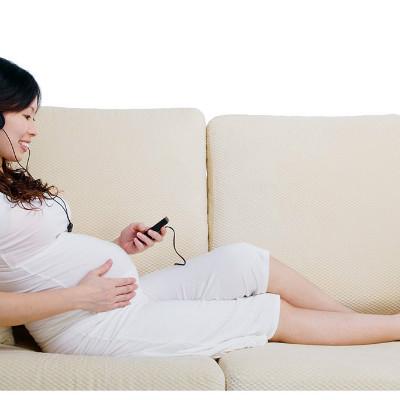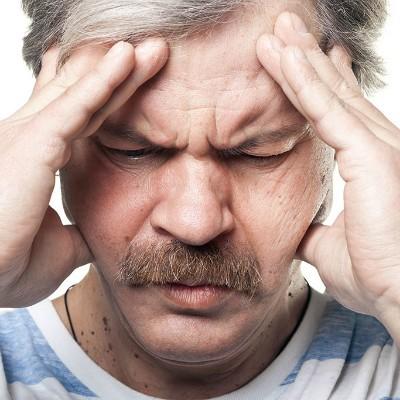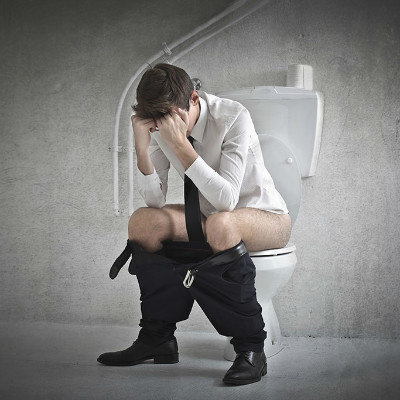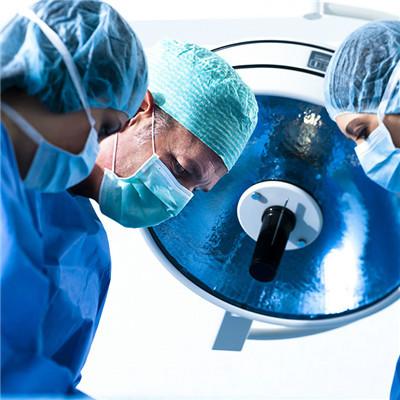Symptoms of cervical muscle spasm
summary
When the human body is sitting, standing and sleeping for a long time, it will cause some discomfort to the cervical spine. The most common is cervical muscle spasm, because the cervical spine will be compressed by the surrounding tissues after deformation. In this case, there will be some obvious symptoms. As long as the patients find these symptoms, they should be treated in time, So what are the symptoms of cervical muscle spasm? Let's talk about it.
Symptoms of cervical muscle spasm
First, what are the symptoms of cervical muscle spasm? Cervical back muscle spasm is one of the clinical manifestations of cervical spondylosis. Cervical spondylosis, also known as cervical syndrome, is the general name of cervical osteoarthritis, proliferative cervical spondylitis, cervical nerve root syndrome and cervical disc prolapse. It is a disease based on degenerative pathological changes. The related symptoms were nausea, weakness, sensory disturbance, myalgia, spinous process tenderness, back muscle spasm, back neck pain, upper limb weakness, neuralgia, dizziness, dysphagia, tachycardia, angina pectoris and vertigo.

Second, the cause of formation: mainly due to long-term cervical strain, bone hyperplasia, or intervertebral disc prolapse, ligament thickening, resulting in cervical spinal cord, nerve root or vertebral artery compression, a series of dysfunction of clinical syndrome. Cervical disc degeneration itself and a series of secondary pathological changes, such as instability and loosening of the vertebral segment; Protrusion or prolapse of nucleus pulposus; Spur formation; Hypertrophic ligaments and secondary spinal stenosis stimulate or compress adjacent nerve roots, spinal cord, vertebral artery and cervical sympathetic nerve, and cause a variety of symptoms and signs.

What are the symptoms of cervical muscle spasm? Dizziness, headache. The symptoms of cervical spondylosis are dizziness, headache, insomnia and other symptoms. At the same time, patients with cervical spondylosis will have nausea. In acute onset, patients with cervical spondylosis may not be able to lift their heads. Dysphagia. This is because the anterior edge of cervical vertebra directly oppresses the posterior wall of esophagus, which leads to dysphagia caused by esophageal stenosis.

matters needing attention
When swallowing, there is a sense of obstruction, foreign body sensation in the esophagus, a few people have nausea, vomiting, hoarseness, dry cough, chest tightness and other symptoms. This is due to the direct compression of the anterior edge of the cervical spine on the posterior wall of the esophagus, which leads to esophageal stricture. It may also be due to the stimulation of the soft tissue around the esophagus caused by the formation of bone spurs.















